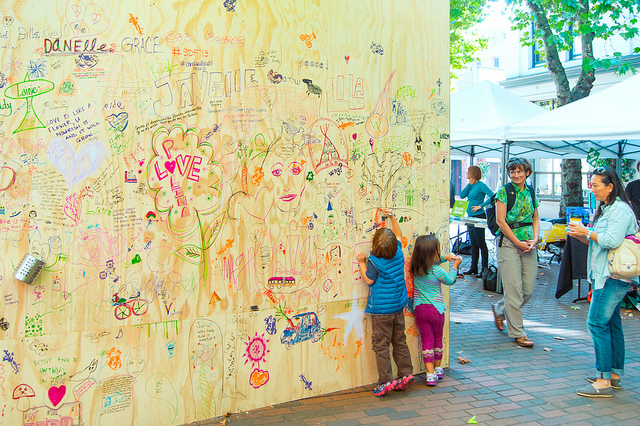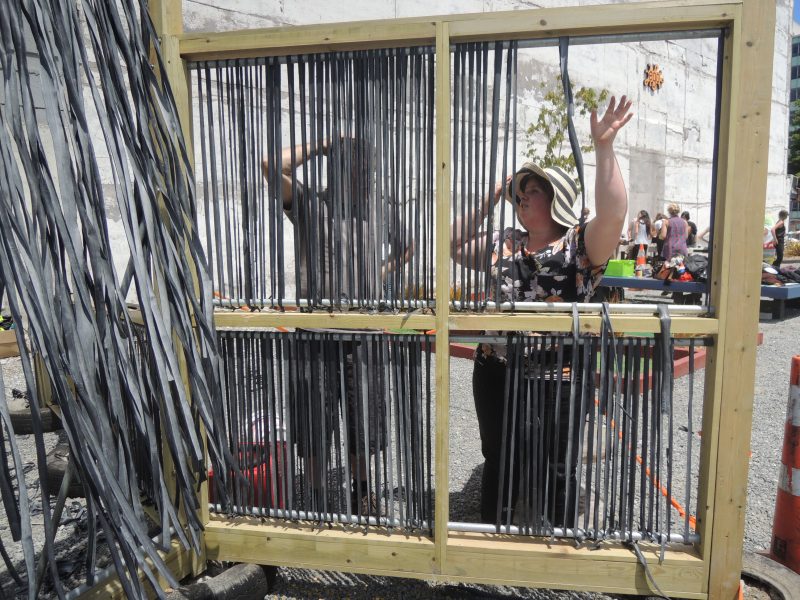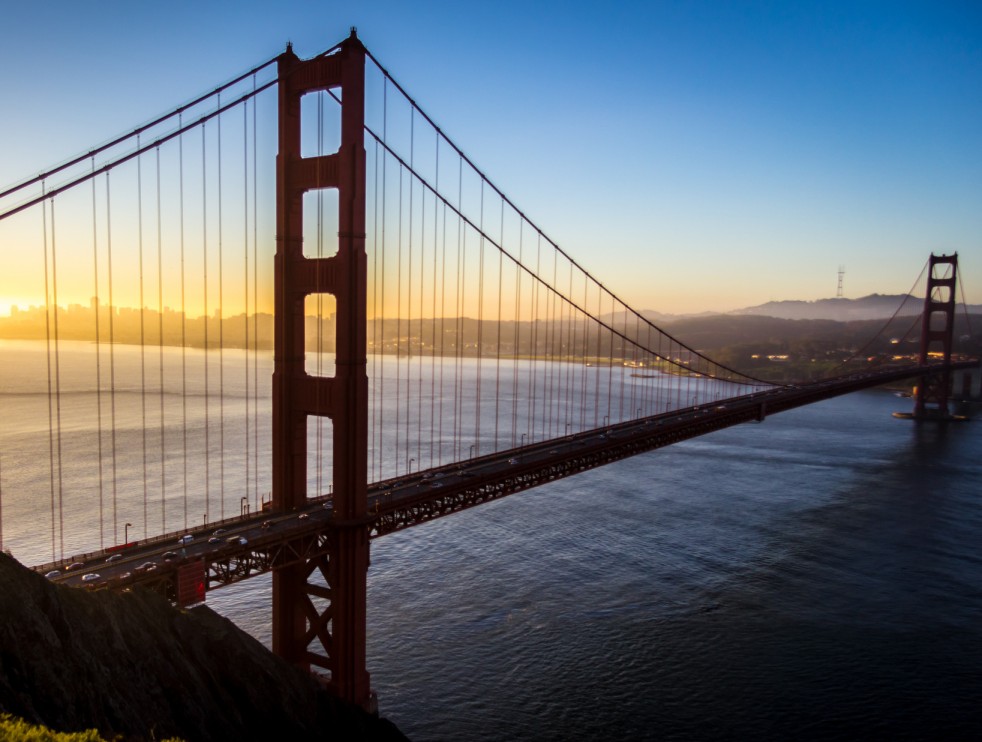Inclusivity is a critical element for building urban resilience. In this guest blog, founder of Enabling City Chiara Camponeschi discusses the practice of “creative community resilience,” which promotes robust, engaged communities and includes them in the resilience-building process.
Urban resilience encompasses and impacts everything a city does – from budgeting to disaster response, from infrastructure investments to activating public space, and more. Building urban resilience requires identifying and strengthening fragile systems by limiting their vulnerability to specific impacts and addressing long-standing problems contributing to that vulnerability. But successful resilience planning also means enabling communities to envision and articulate what that resilience-building process means to them on a very local level, and then to participate actively in that process.
Ezio Manzini, a pioneer in the emerging field of design for social innovation, coined the term ‘creative communities’ to describe the way today’s individuals and groups act to innovate and create new solutions for problems, and generate new opportunities. Through a collaborative process, citizens are directly involved in shaping the way a project, policy, or service is created and delivered, helping catalyze social change.
Creative community resilience, then, includes not only a process of self-management, but also the technical, civic, and creative support for citizens to engage with and shape government processes directly. By recognizing that citizens can bring a great deal of value by contributing to building urban resilience, participatory frameworks empower so-called ‘non-experts’ to activate their inherent know-how, articulate what collective sustainability means to them locally, and bring that local context in order to prototype solutions to complex societal challenges.
When creative community resilience efforts are successful, the inventiveness of citizens, experts and practitioners in collaborative efforts makes cities more livable, inclusive, and therefore, resilient.
From our partners:
Here are some examples of creative community resilience initiatives from around the world:

1. Gap Filler – Christchurch, New Zealand
Gap Filler is an urban regeneration initiative started in response to Christchurch’s 2010 and 2011 earthquakes. Seeing vacant sites as spaces for temporary, people-centered activities, Gap Filler works with artists, architects, landowners, librarians, designers, students, and engineers to facilitate projects that benefit the community. The initiatives they develop with community groups prove that the city can grow in important ways, and doesn’t need large capital expenditure or major construction to do so.

2. Ciudad Emergente (Emerging City) – Santiago, Chile
Ciudad Emergente seeks to improve the quality of life in Latin American cities. They specialize in urban tactics and web applications that allow for the collection, dissemination, and coordination of valuable municipal data and community feedback. By facilitating effective communication between decision-makers and civil society, Ciudad Emergente strengthens communities’ social capital in fun and inclusive ways, creating new opportunities for collaborative decision-making at the city-level.

3. The San Francisco Sharing Economy Emergency Preparedness Partnership – San Francisco, USA
The City of San Francisco facilitated The San Francisco Sharing Economy Emergency Preparedness Partnership to ensure better community response in the event of a disaster, drawing elements of the sharing economy, a classic example of creative community problem-solving in which emerging interactive technologies bring together communities and municipal authorities to solve pressing problems creatively. Inspired in part by Airbnb’s mobilization during Hurricane Sandy – when the organization launched a microsite to help displaced residents free of charge – the Partnership brought together a meeting with organizations like the Neighborhood Emergency Response Team and American Red Cross chapter to discuss how the sharing economy can help before, during, and after a disaster.

This kind of place-based, creative problem-solving encourages the emergence of new spaces for participation, diversity, and experimentation in many domains. This strengthens networks of action, which prepare communities to formulate innovative approaches to many of the challenges cities face.
If we are indeed an urban species, then brainstorming and implementing solutions to these interconnected issues is the key challenge facing and defining us, and creative community resilience will be vital to any effective response.
This article is an edited excerpt from Enabling City’s latest book, Enabling City Volume 2: Enhancing Creative Community Resilience.














